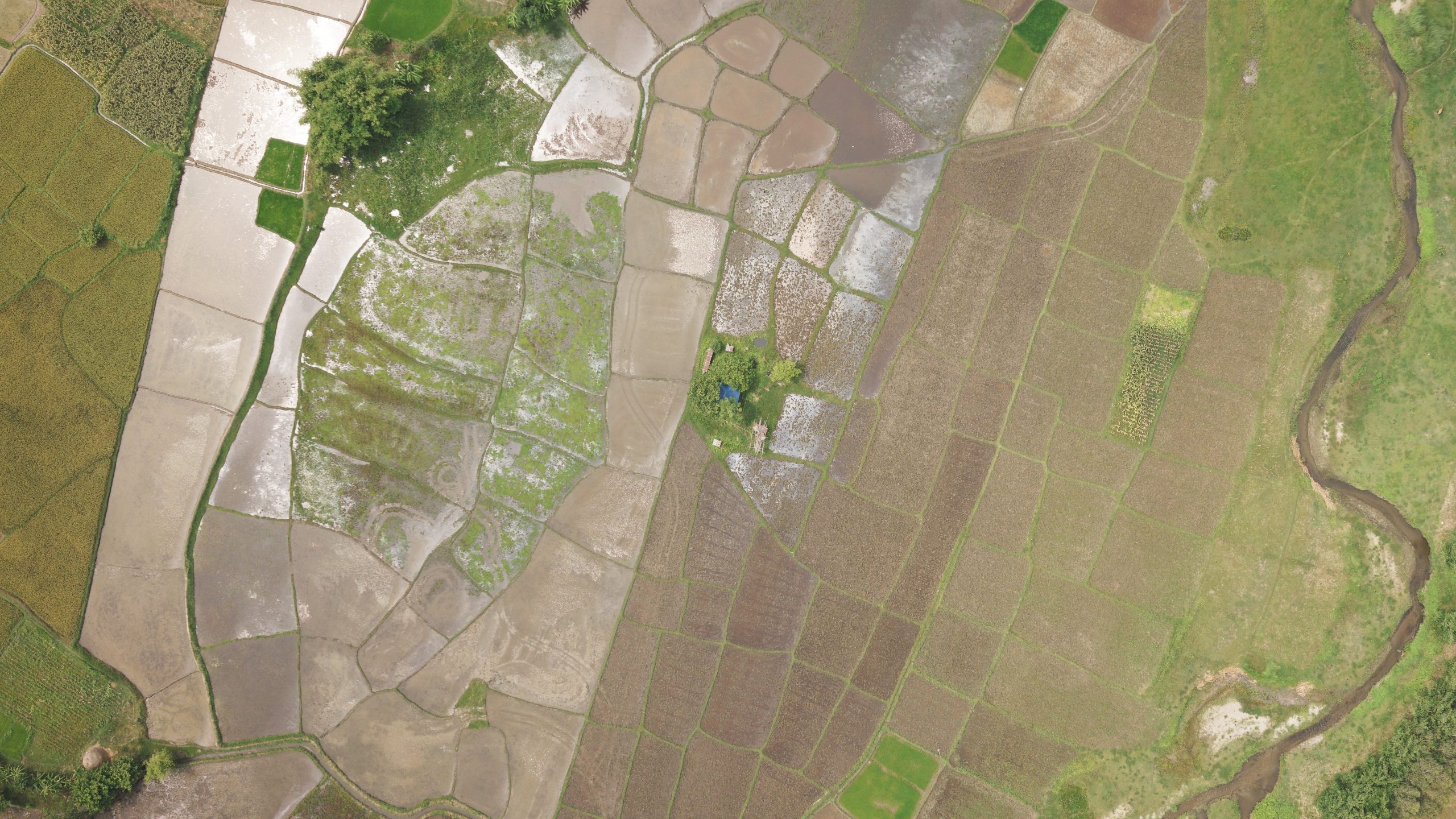Drones For Agriculture
20th National Paddy Day: Climate resilient farmers’ friendly technology for increasing rice production
Nepal joyfully celebrates its 20th National Paddy Day today, Asar 15, which typically falls in late June or early July according to the Gregorian calendar. This year’s theme, “Climate resilient farmers’ friendly technology for increasing rice production,” highlights the importance of leveraging technology in agriculture. One such promising technology is the use of drones, which can significantly contribute to sustainable rice farming practices in Nepal.
Drones offer a range of applications in rice farming, including precise and efficient rice seedling planting, accurate application of pesticides and fertilizers, monitoring of fields for pests and diseases, and even streamlined harvesting processes. With every passing year, the effects of climate change and global warming pose challenges to food production. As an agricultural nation with limited fertile land, it becomes crucial for Nepal to adopt innovative technologies like drones to maximize agricultural productivity on every available piece of land.
By utilizing drones, Nepali farmers can witness several benefits. Firstly, it enables them to enhance rice production by improving the efficiency of planting, fertilization, and harvesting practices. Moreover, drone technology can reduce costs by minimizing labor requirements and optimizing resource utilization. Additionally, drones aid in maintaining crop quality by mitigating risks associated with pests, diseases, and crop damage. Ultimately, this technology promotes sustainable agriculture by reducing the dependence on pesticides and fertilizers, aligning with the goal of environmentally friendly farming practices.
Overall, the celebration of National Paddy Day in Nepal highlights the significance of embracing innovative technologies like drones to bolster rice production, ensure food security, and foster sustainable agricultural practices.

